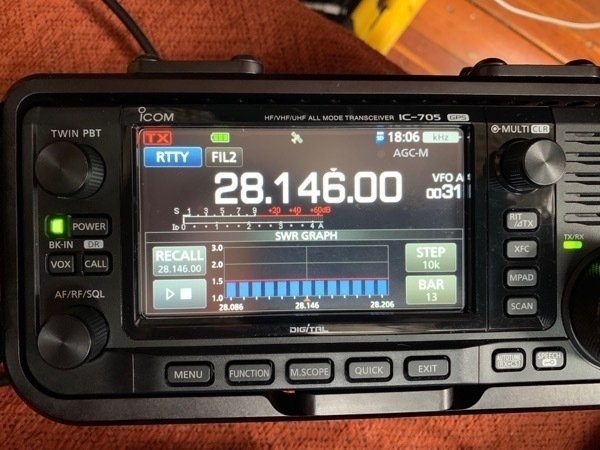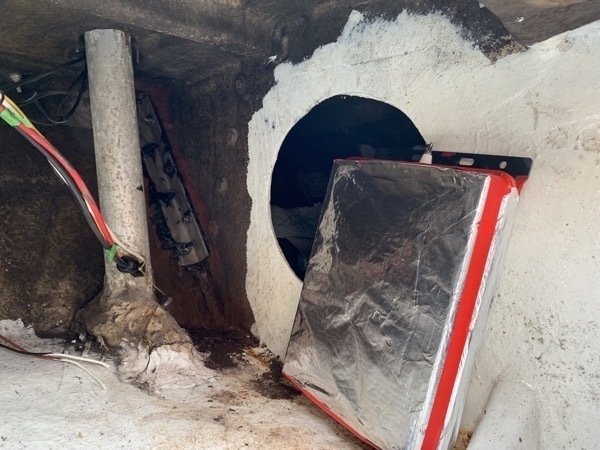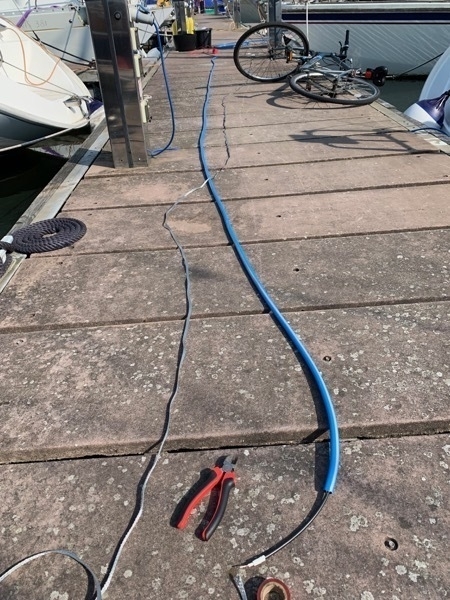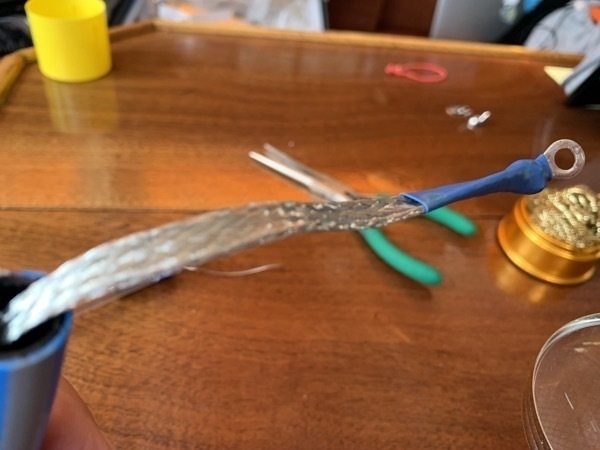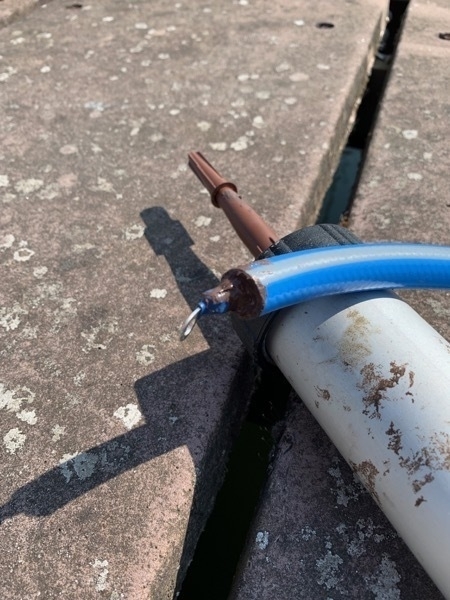As described in previous postings I had a nice little package for my DMR radio experiments. I did notice however that there was a lot of noise when the unit was broadcasting on 144.950MHz that caused me issues with my FT-857D when I was working the local community on 145.575MHz. You can see a spectrum here when the MegaDV was broadcasting (thanks to Ana EI/EA7KMA for the loan of the SDR-RTL):

And in general the noise level on HF was also higher when I had the unit switched on. So I bought a little aluminium enclosure from Germany. I also discovered that the CPU temperature was always around 55ºC and wanted to reduce it a bit. After talking to Mike EI2DJ he was able to cut some pieces of aluminium together with some paste to transfer heat from an IC. (Thank you again Mike!)
Today I finally had some time to move the Pi into its new enclosure. First I drew the PCB on a piece of paper with the area on the bottom with one of the ICs that I wanted to cool down drawn in. The CPU is on top and needs a heatsink but the MegaDV board is right above it so that is a future project. This allowed me to find the optimum placement of the pieces of metal as shown below.
The first metal plate was easier to place since there was enough free space for any pins sticking out the PCB. A bit of research indicated that Loctite Superglue should be suitable to glue metal to metal. And I put the heat transfer compound in between:

The second metal place would be in contact with the IC. Placement here was somewhat more critical since there are a few SMD components around it that are almost the same height. I also glued this with lots of heat transfer compound:

After making sure everything fits and the Raspberry Pi was still working(!), I put some of the compound on the IC:

Then it was time to reassemble it:

You can see there is good contact between the PCB and the impromptu heatsink:

Now it was time to drill the hole for the external VHF/UHF antenna. I do have all the tools on board: vice, drill and Dremel. (I made a small mistake here because the top of the case had to be rotated 180º but it works.)

Once the hole was large enough, the antenna was fitted. However the MegaDV board needed a washer to keep it in place on the GPIO bus otherwise it would get loose when you screw the antenna back in (it’s the white-ish bit in the top left).

Now it’s working again:

It has been running for the last 6 hours and the CPU temperature hovers around 45º so that is 10º less compared to the old case. I do not notice it is transmitting at all on the FT-857D unless I tune to about 10 MHz of the transmission frequency. So all in all a great success! (Once I can borrow Ana’s SDR-RTL again, I can see what the spectrum looks like now, to be continued).



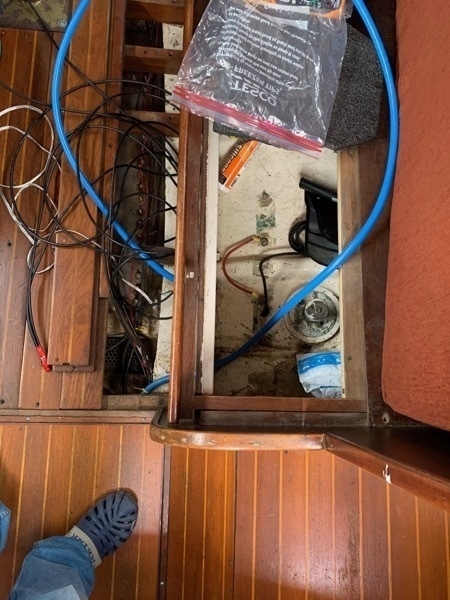


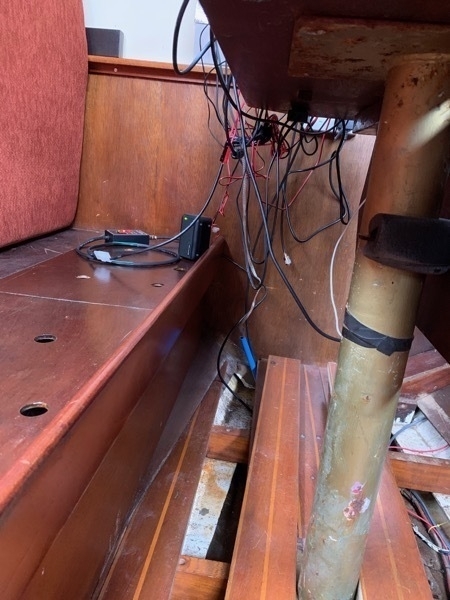
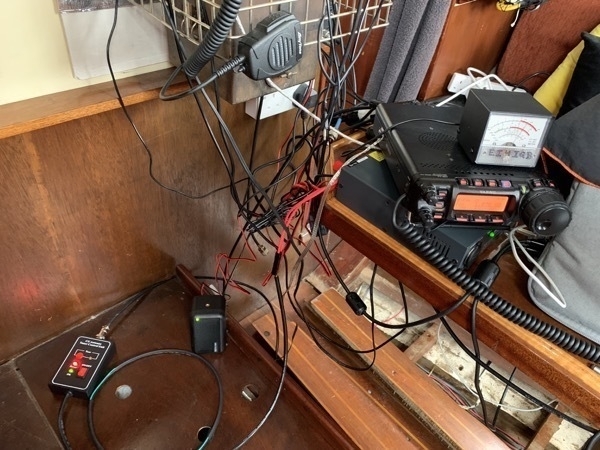

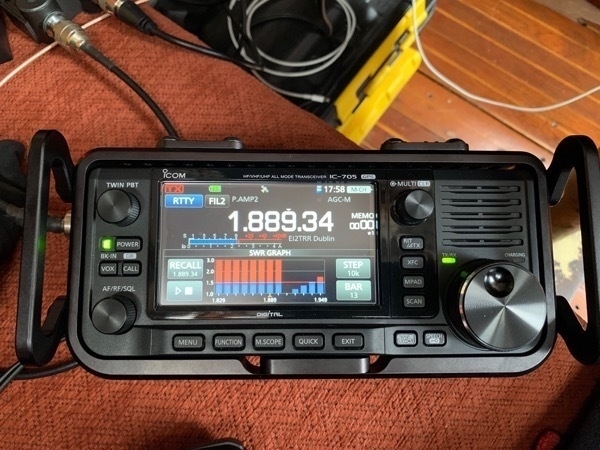

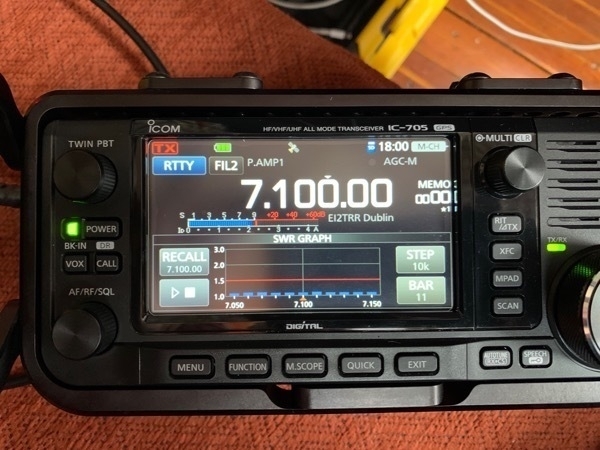
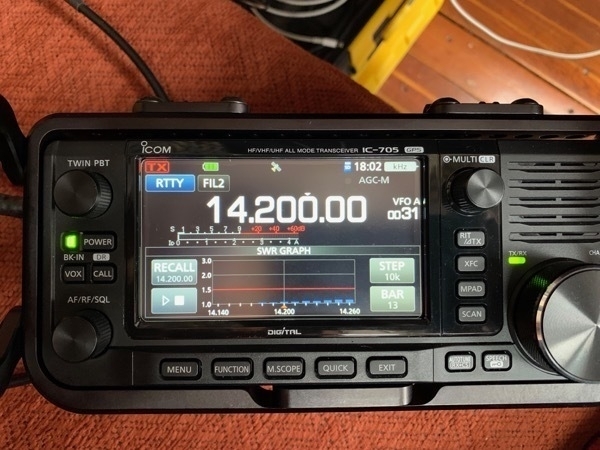
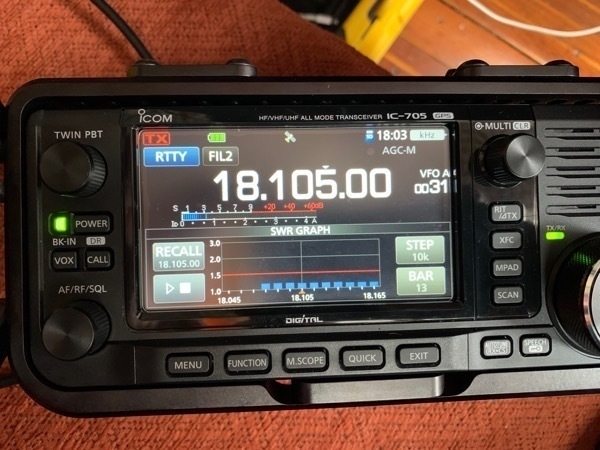 This rig can’t tune the 15m band but the Yaesu has no problem. I don’t know why yet…
This rig can’t tune the 15m band but the Yaesu has no problem. I don’t know why yet…
 Same for 12m:
Same for 12m:
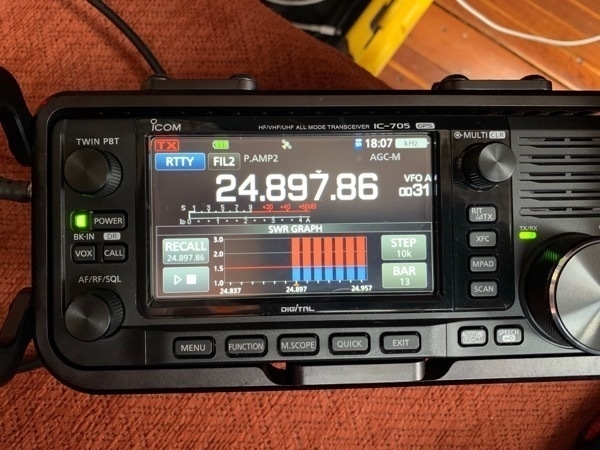 10m is fine:
10m is fine:
